当前城市:淄博[切换]
- 手机雅思无忧

扫码登录
雅思考试主要是通过对考生听、说、读、写四个方面英语能力的考核,综合测评考生的英语沟通运用能力,实现“沟通为本”的考试理念。对于雅思考生来说,也有很多考试难点和政策盲区需要帮助解答。今天雅思无忧网小编准备了文章雅思写作:Task1柱状图考官范文(26),希望通过文章来解决雅思考生这方面的疑难问题,敬请关注。
The graph below shows the changes in maximum number of Asian elephants between 1994 and 2007.
Summarise the information by selecting and reporting the main features, and make comparisons where relevant.
Sample Answer:
The given bar graph provides information on the number of elephants in different countries between 1997 and 2004. As is presented in the graph, India and Myanmar were the two countries where maximum number of elephants inhabited and the total number of elephants decreased over time.
As is presented in the bar graph, elephants mostly lived in Asian countries like India, Sri Lanka, Myanmar and Thailand. In 1997, approximately 10 thousand elephant lived in India which was the largest number among the given countries. Myanmar is the second largest country for elephants’ inhabit. Vietnam, Cambodia, Laos, China had about 1000 elephant in 1997 while Malaysia, Sri Lanka Thailand had about 3000 elephants in 1997. The least number of elephants were in China in 1997. After 7 years, in 2004, the number of elephant in all countries decreased except Laos. The number of elephant in India fell to 7500 in 2004 while this number decreased to 4800 in Myanmar and only to 1200 in Thailand. Cambodia is the only country where the total number of elephant increased while the number reached to an alarming number of less than 500 in China.
In summary, India, Myanmar and Thailand had the largest number of elephant among the given countries and except Cambodia and Laos, these numbers had decreased in all other countries only in 7 years time which is alarming for the existence of this species.
最新热文推荐:
以上就是雅思无忧网为您准备的访问雅思无忧网(https://www.yasi.cn/),了解更多雅思考试新消息,新动态。
 最新雅思作文练习题汇编(G类TASK1) 雅思作文Task1写作常识
最新雅思作文练习题汇编(G类TASK1) 雅思作文Task1写作常识
雅思考试主要是通过对考生听、说、读、写四个方面英语能力的考核,综合测评考生的英语沟通运用能力,实现“
2023年05月02日 17:15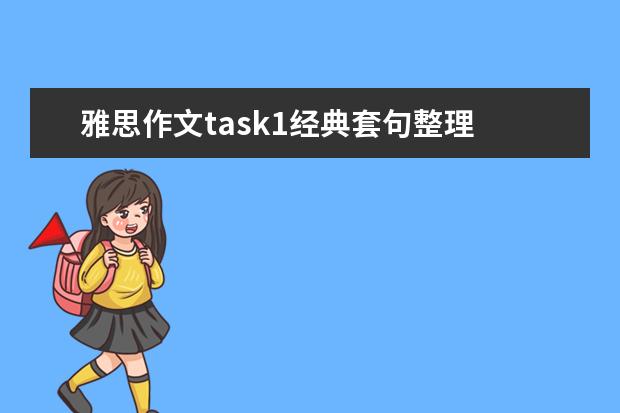 雅思作文task1经典套句整理 最新雅思作文练习题汇编(G类TASK1)
雅思作文task1经典套句整理 最新雅思作文练习题汇编(G类TASK1)
雅思考试主要是通过对考生听、说、读、写四个方面英语能力的考核,综合测评考生的英语沟通运用能力,实现“
2023年04月15日 17:39 雅思作文task1经典套句整理 雅思作文Task1写作常识
雅思作文task1经典套句整理 雅思作文Task1写作常识
雅思考试主要是通过对考生听、说、读、写四个方面英语能力的考核,综合测评考生的英语沟通运用能力,实现“
2023年04月21日 17:36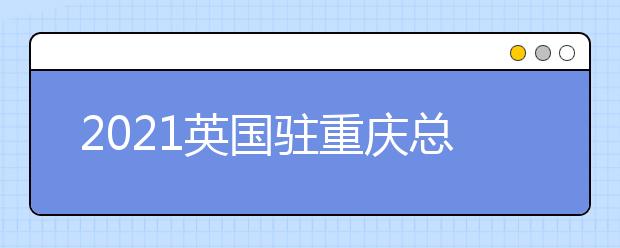 2021英国驻重庆总领事来考雅思写作task1,围观作文及点评
2021英国驻重庆总领事来考雅思写作task1,围观作文及点评
雅思考试主要是通过对考生听、说、读、写四个方面英语能力的考核,综合测评考生的英语沟通运用能力,实现“
2021年07月22日 06:10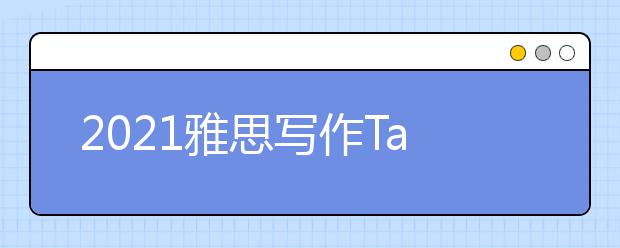 2021雅思写作Task1小作文柱状图范文:想去的国家
2021雅思写作Task1小作文柱状图范文:想去的国家
雅思考试主要是通过对考生听、说、读、写四个方面英语能力的考核,综合测评考生的英语沟通运用能力,实现“
2021年07月22日 08:45 2021雅思写作Task1小作文柱状图范文:书面抱怨还是当面抱怨
2021雅思写作Task1小作文柱状图范文:书面抱怨还是当面抱怨
雅思考试主要是通过对考生听、说、读、写四个方面英语能力的考核,综合测评考生的英语沟通运用能力,实现“
2021年07月22日 08:50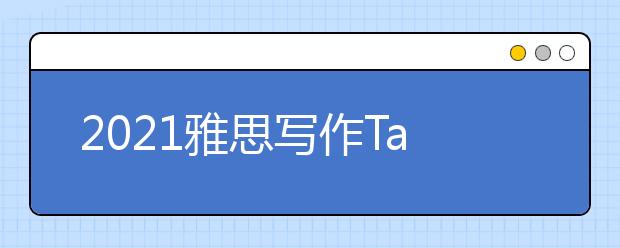 2021雅思写作Task1小作文柱状图范文:变与不变
2021雅思写作Task1小作文柱状图范文:变与不变
雅思考试主要是通过对考生听、说、读、写四个方面英语能力的考核,综合测评考生的英语沟通运用能力,实现“
2021年07月22日 08:55 2021雅思写作Task1小作文柱状图范文:搬到你所在城市的人
2021雅思写作Task1小作文柱状图范文:搬到你所在城市的人
雅思考试主要是通过对考生听、说、读、写四个方面英语能力的考核,综合测评考生的英语沟通运用能力,实现“
2021年07月22日 09:00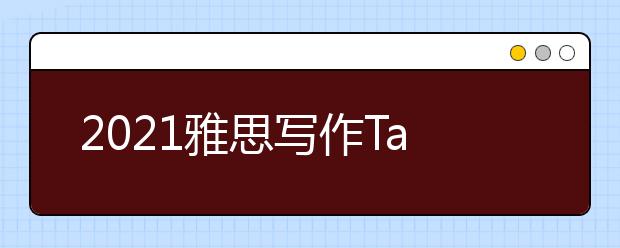 2021雅思写作Task1小作文柱状图范文:在农村长大更好吗
2021雅思写作Task1小作文柱状图范文:在农村长大更好吗
雅思考试主要是通过对考生听、说、读、写四个方面英语能力的考核,综合测评考生的英语沟通运用能力,实现“
2021年07月22日 09:05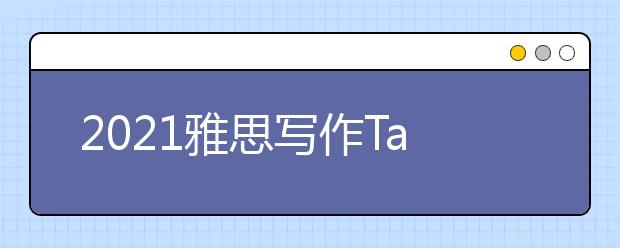 2021雅思写作Task1小作文柱状图范文:保护古老建筑
2021雅思写作Task1小作文柱状图范文:保护古老建筑
雅思考试主要是通过对考生听、说、读、写四个方面英语能力的考核,综合测评考生的英语沟通运用能力,实现“
2021年07月22日 09:10